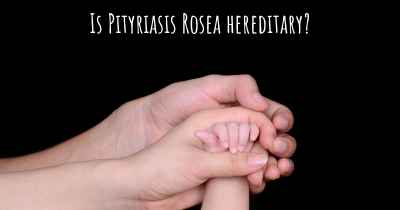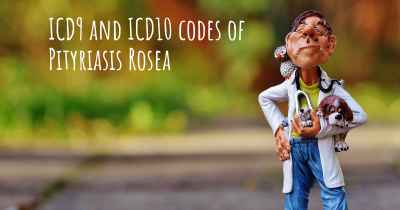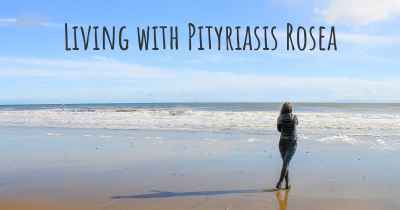What is the history of Pityriasis Rosea?
When was Pityriasis Rosea discovered? What is the story of this discovery? Was it coincidence or not?

Pityriasis Rosea is a common skin condition that is characterized by a distinctive rash. It was first described in 1860 by a French dermatologist named Camille-Melchior Gibert. The term "pityriasis" refers to the fine scaling of the skin that is seen in this condition, while "rosea" means rose-colored, which describes the appearance of the rash.
The exact cause of Pityriasis Rosea is still unknown, but it is believed to be associated with viral infections, particularly the human herpesvirus 6 (HHV-6) and the human herpesvirus 7 (HHV-7). These viruses are members of the herpes family and are commonly found in the general population. It is thought that the initial infection triggers an immune response, leading to the development of the characteristic rash.
Pityriasis Rosea typically affects individuals between the ages of 10 and 35, and it is more common in women than in men. The condition is not contagious and does not spread from person to person.
The rash of Pityriasis Rosea usually begins with a single, large patch called the "herald patch" or "mother patch." This patch is often round or oval in shape and is typically located on the trunk, particularly on the chest or back. The herald patch can range in size from a few centimeters to several centimeters in diameter. It is usually pink or red in color and may have a raised border.
After the appearance of the herald patch, smaller patches of rash begin to develop on the trunk and sometimes on the arms and legs. These smaller patches are often oval or oblong in shape and may be arranged in a "Christmas tree" pattern along the lines of skin tension. The rash is usually itchy, and some individuals may experience mild flu-like symptoms such as fatigue, headache, or low-grade fever.
The rash of Pityriasis Rosea typically lasts for several weeks to a few months before resolving on its own. The itching can be relieved with over-the-counter antihistamines or topical corticosteroids. It is important to avoid excessive scratching, as this can lead to secondary bacterial infections.
While the rash of Pityriasis Rosea is usually harmless and self-limiting, it can sometimes cause significant distress and discomfort. The appearance of the rash can be mistaken for other skin conditions such as eczema, ringworm, or psoriasis, leading to unnecessary worry and treatment.
Diagnosis of Pityriasis Rosea is primarily based on the characteristic appearance of the rash. In some cases, a skin biopsy may be performed to rule out other conditions. Blood tests may also be done to check for evidence of viral infection, although these tests are not always necessary.
The exact reason why some individuals develop Pityriasis Rosea while others do not is still unclear. It is believed that certain factors, such as genetic predisposition or a weakened immune system, may play a role in the development of the condition.
Overall, Pityriasis Rosea is a relatively common and benign skin condition. It does not have any long-term health consequences, and most individuals recover without any complications. However, if you suspect you have Pityriasis Rosea or any other skin condition, it is always best to consult with a healthcare professional for an accurate diagnosis and appropriate management.








